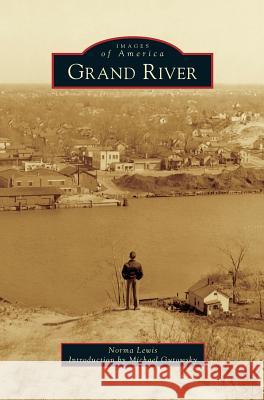Grand River » książka
Grand River
ISBN-13: 9781531670818 / Angielski / Twarda / 2015 / 130 str.
At 265 miles, the Grand River is Michigan's longest waterway, and it was once considered one of the Midwest's most important. The river starts as a trickle just south of Jackson and gains power as it surges toward Lake Michigan in Grand Haven. Trappers first used the river to trade with the Native American villages along its banks. Later, the lumber industry transported logs via the Grand. The river shaped the towns and cities that grew up along its banks, providing them with transportation and power for manufacturers, including the once-renowned Grand Rapids furniture industry. Fertile farmlands have always played an important role in the history of the Grand River Valley. Today, the river is used primarily for recreation, including boating, fishing, and, in Grand Ledge, rock climbing.
At 265 miles, the Grand River is Michigans longest waterway, and it was once considered one of the Midwests most important. The river starts as a trickle just south of Jackson and gains power as it surges toward Lake Michigan in Grand Haven. Trappers first used the river to trade with the Native American villages along its banks. Later, the lumber industry transported logs via the Grand. The river shaped the towns and cities that grew up along its banks, providing them with transportation and power for manufacturers, including the once-renowned Grand Rapids furniture industry. Fertile farmlands have always played an important role in the history of the Grand River Valley. Today, the river is used primarily for recreation, including boating, fishing, and, in Grand Ledge, rock climbing.











